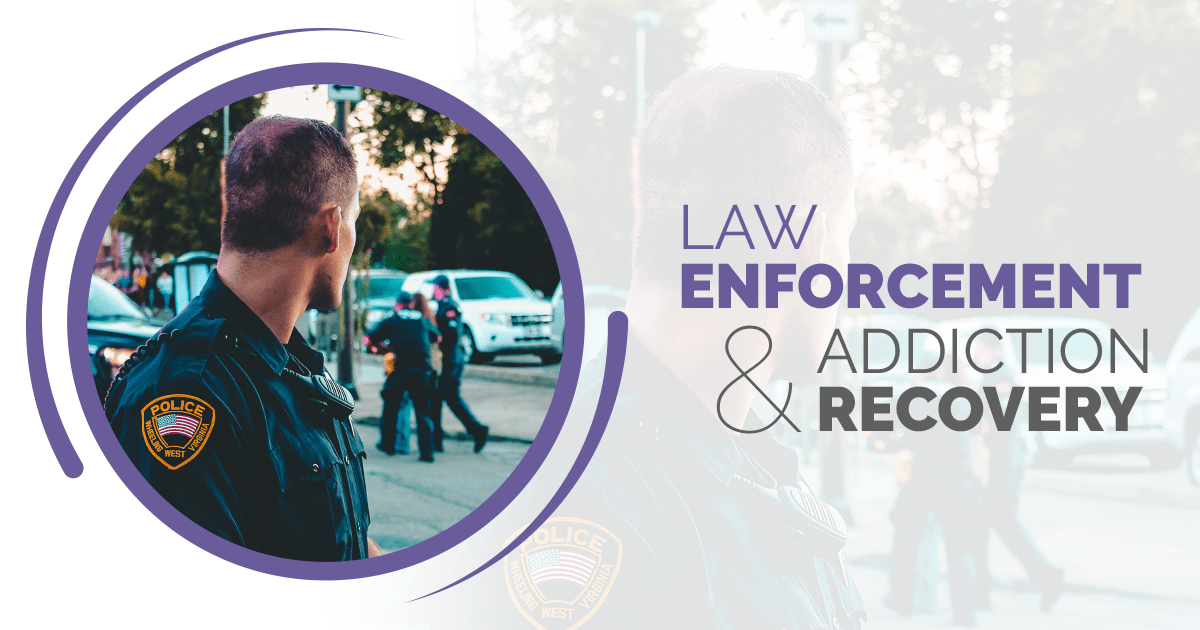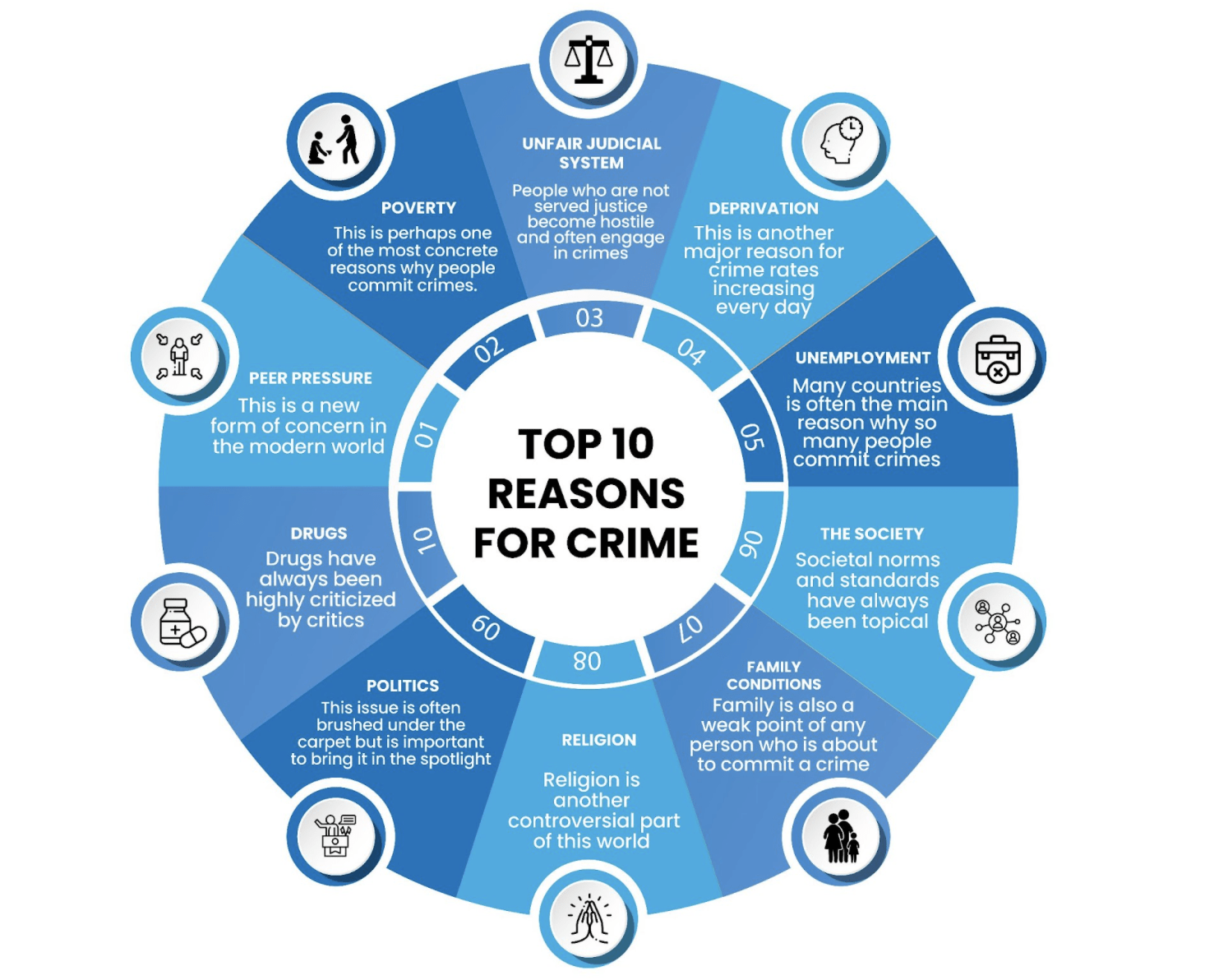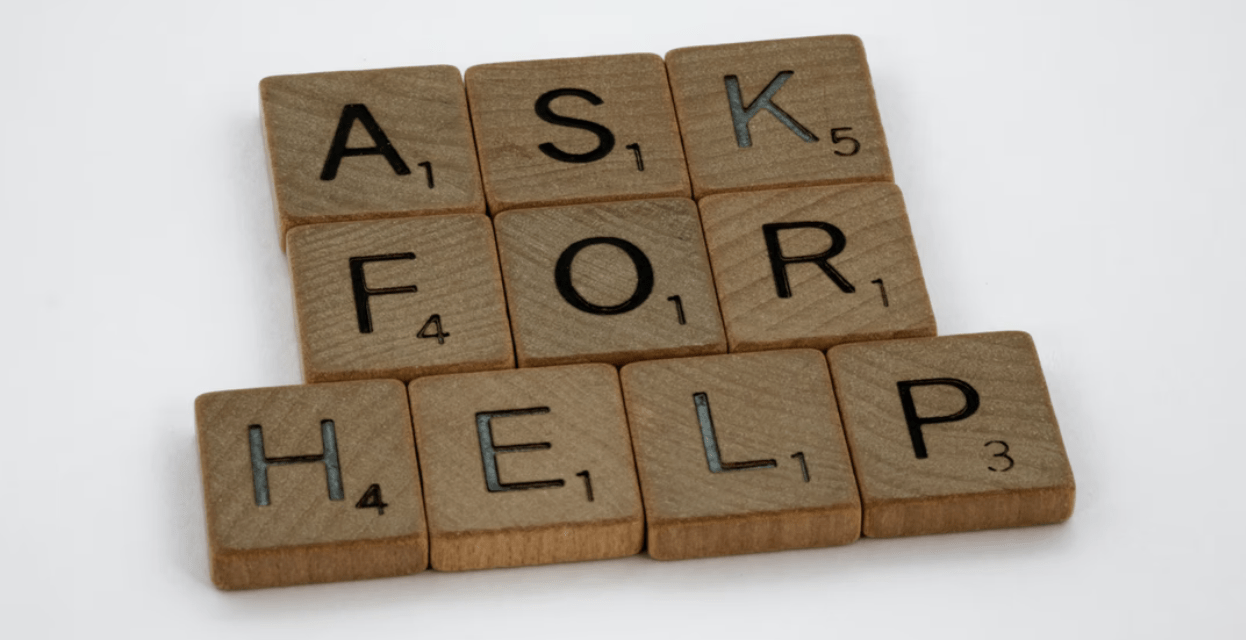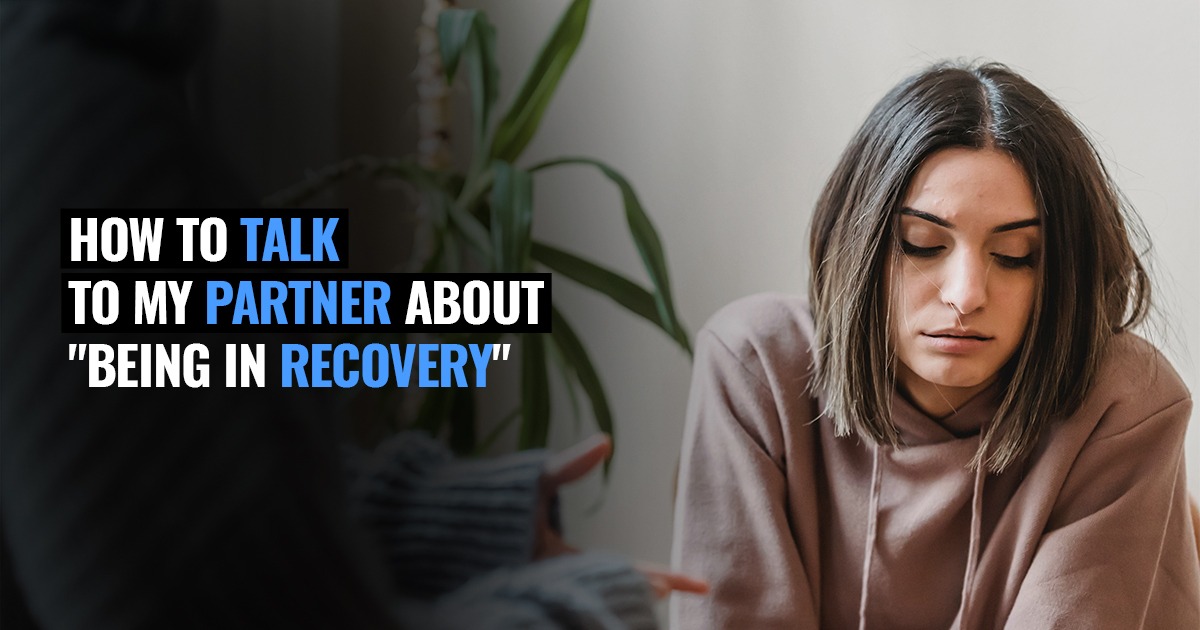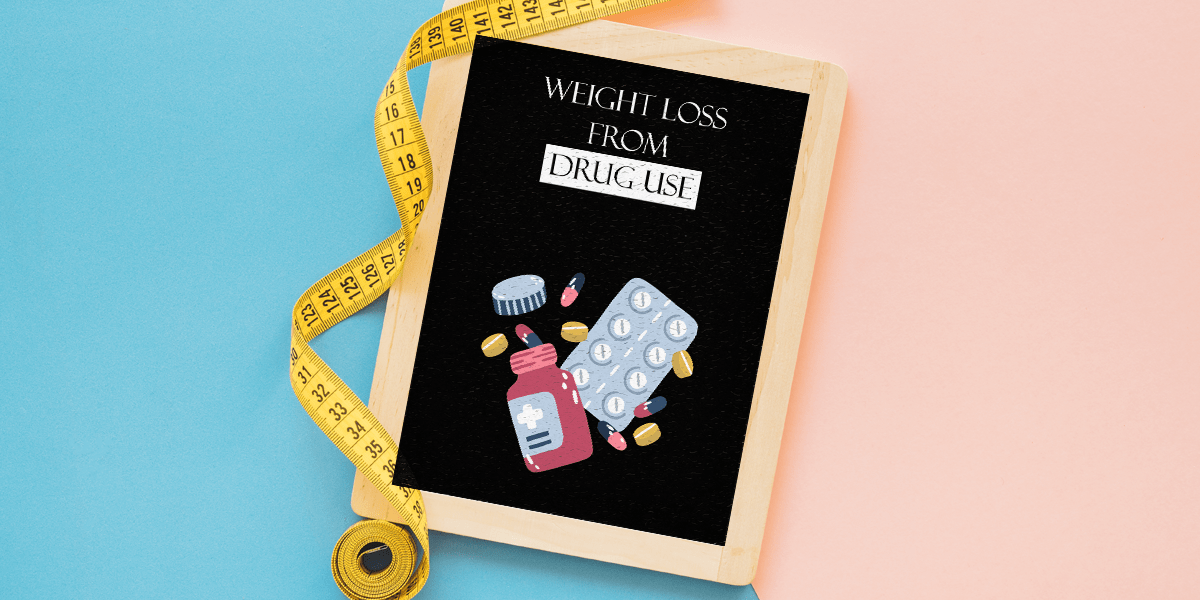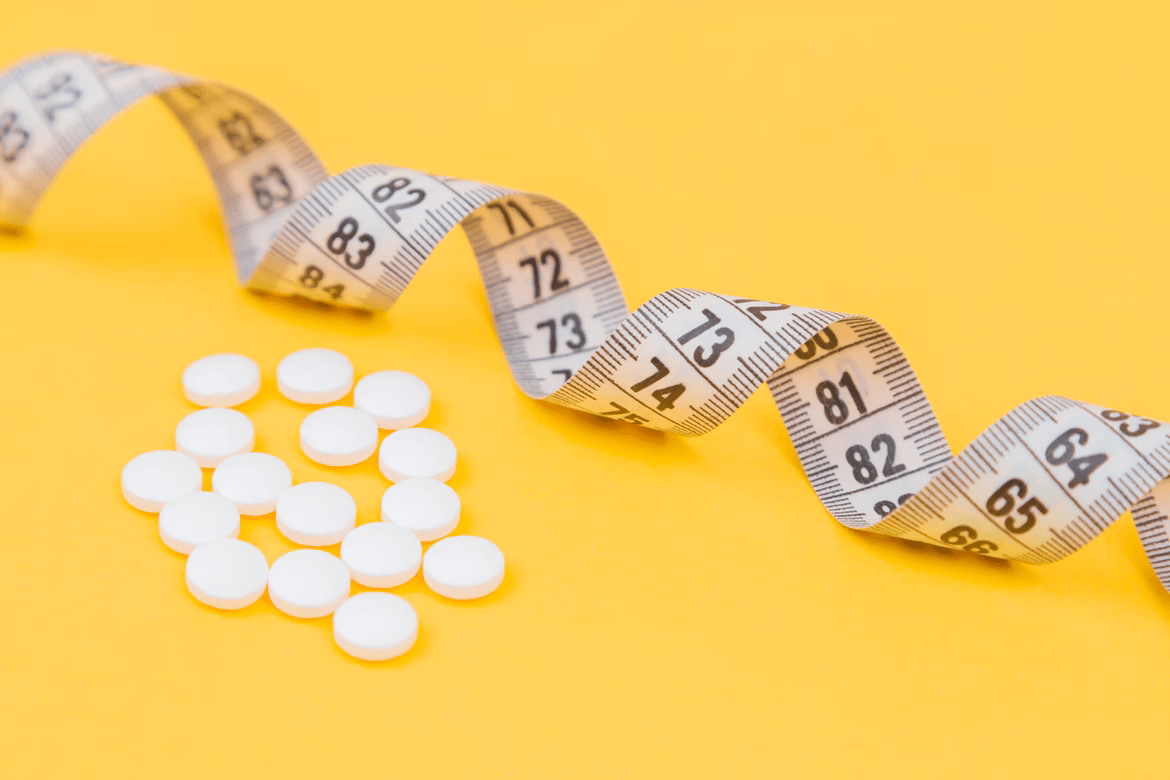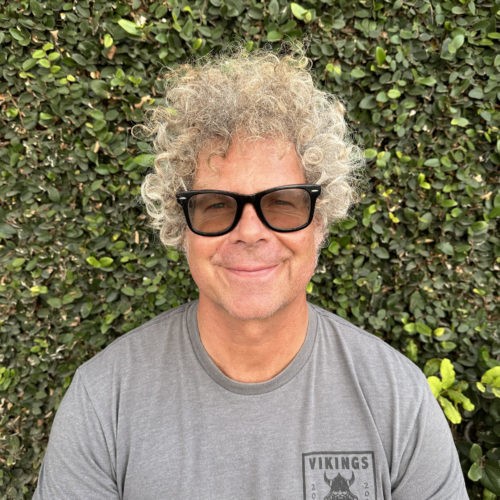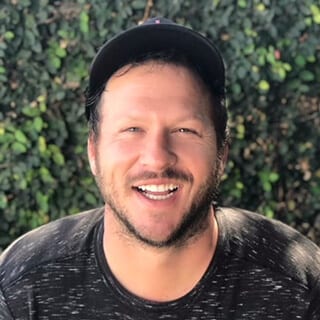
Crystal healing is a popular modality in alternative medicine that is said to interact with a person’s energy field and create a state of balance when they are held. Crystals are good for anxiety in many instances, as they are believed to promote a sense of support and well-being. Although there is no solid scientific proof that they work, there is a common recommendation of crystals because they place a combination of placebo effect with attention to mindfulness and can shift the mind into a more positive state. There are as many crystal types as there are ailments, each said to help with a specific issue. Whether completely true or not, there is no doubt that the electricity of a crystal exists even if it is infinitesimal.
Are Crystals Helpful for Mental Health Issues?
There are a variety of crystals that are said to be good for mental health, by promoting a state of “being grounded.” Grounding is a popular term used to describe a state of mental clarity, balance, alignment, and a place generally free from anxiety. People use crystals to manage stress, to increase mental focus, and to promote the health and well-being of the person’s overall energy state. A common belief is that crystals interact with the energy field and can raise the vibrational energy, thereby uplifting the lower, denser vibrations inherent in ailments. It is said that while crystals can evaporate or raise the energetic frequency of what it interacts with, there is no scientific proof that solidifies this claim.
Crystals are said to be absorbent and have the ability to evaporate thicker negative energy states, allowing a person to become unstuck. While beset with states of stress and anxiety, crystals can act as a source of support, whether in the mind or in actuality, or both. They are plentiful in variety and unique to each type. They are even found in our electronics because of the way they emit frequencies. In some people’s belief, they can be effective for healing illnesses in the physical body because of their power. With no science backing this up, there is no doubt that the belief in crystals is still existent as it has been for thousands of years.
The Science Behind Crystals
While the popularity of crystals suggests they are good for anxiety, there is no known scientific evidence that they work. The frequencies they emit could possibly be so slight that it would be hard to prove an actual cure. However, crystals good for anxiety have stood the test of time in cultures, being so because of the power of people’s belief in them. There can be a minor effect on the body because they are said to hold different and specific properties unique to each type.
Crystals are called upon to support mental health issues like states of anxiety, stress, or depression. Crystals for anxiety can work just as much in the mind as much as medically. With a supposed electrical signal that sends waves of a certain benefit, the placebo effect in believing they work can shift mental states by shifting the mindset to a positive belief. Even with skepticism about crystals and the fact that they should not replace conventional medical treatment, some form of the benefit of crystals is said to exist because of the way the mind is affected by their charms. It is suggested to use specific crystals to create a sense of calm reassurance and grounding while also following a doctor’s advice.
Crystals can be considered a source of support for a number of purposes, including in the aid of meditation and mindfulness. Crystals for anxiety can be paired with meditation practice by focusing on the crystals’ properties, placing intent on their healing power, and combining the placebo effect with a shift into positive belief with mindfulness.

Ways to Use Crystals for Anxiety
There are a number of ritualistic ways to work with crystals consciously for the purpose of healing states of stress and anxiety. Many people are suggested to employ the following techniques to enhance the crystal healing experience.
- Choose a stone that resonates with you. See what properties are said to be held within that particular crystal. Set an intention that this crystal can aid in your intention to meditate. The belief you can hold by suspending skepticism can have a placebo effect that is still effective. Know that there is a tiny electrical current that may be energized by your own body’s energetic frequency, interacting with that focus of mind and body.
- Cleanse the stones and use them in your meditation practice as a ritual to remind you of the importance of power and mindfulness. Spiritual practice can aid in the management of stress and anxiety and crystals can be a tactile and symbolic reminder that healing is possible. Place them in sunlight or burn incense to instill feelings of calm and safety. Make this a space for mindfulness and connecting to your own form of spirituality and positivity.
Crystals that are good for anxiety:
- Amethyst – a popular stone known for its soothing powers and effect on mental clarity.
- Black Tourmaline – sends up a tiny shield from electromagnetic frequencies or EMFs. It is said to combat and subdue panic attacks and ease our energy contact with electronic devices and fields.
- Rose Quartz – this stone is said to increase the energy of affection and love and can elevate a person’s mind to a state of more self-love.
- Lava Stone – a grounding crystal for anxiety.
- Hematite – a stone said to be dense enough to ground your body by its heavy frequencies and its interaction with slower energy vibrations.
- Smoky Quartz – said to manage and vanquish the state of fear.
- Moonstone – a soothing stone associated with feminine energy and the ability to clear static and stress.
- Lepidolite – is said to be one of the antidepressants of the crystal world.
- Tiger Eye – a popular stone that is said to clear clouded emotions and empower a person to move forward past emotions.
- Citrine – cuts through anxiety with its brilliant luminescence and bright energy.
Since the state of grounding or “being grounded” is a popular statement nowadays, crystals are proposed by some to aid in a state free of anxiety and of mental clarity. Crystals can still have a tactile and placebo effect while still emitting an electrical charge. Although science has not proven its effectiveness, in the realm of alternative medicine many places their faith in them and benefits in their own unique way.
Crystals are not a scientifically proven way to cope with any mental health issues, like anxiety or addiction, but seeking treatment is. If you’re looking for a support group of women in Southern California, call 866-600-7709 and talk to a member of the Anchored Tides Recovery team today.





